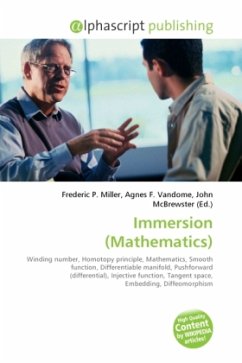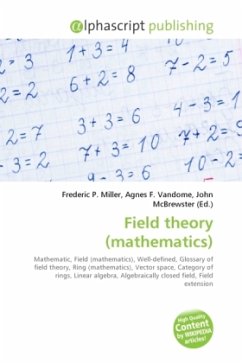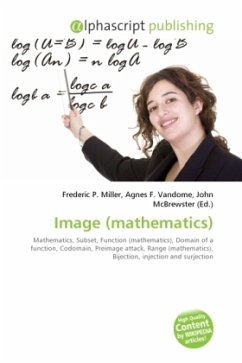In mathematics, a graph is an abstract representation of a set of objects where some pairs of the objects are connected by links. The interconnected objects are represented by mathematical abstractions called vertices, and the links that connect some pairs of vertices are called edges. Typically, a graph is depicted in diagrammatic form as a set of dots for the vertices, joined by lines or curves for the edges. For example, a graph may be constructed by choosing the vertices to be the first 1000 positive integers, and defining that there is an edge between two vertices if and only if those two integers have at least one decimal digit in common. In other cases the relationship between vertices is not symmetric: for example, a graph may be constructed by choosing the vertices to be the first 1000 positive integers, and defining that there is an edge from i to j if i is a divisor of j. This type of graph is called a directed graph and the edges are called directed edges or arcs; in contrast, a graph where the edges are not directed is called undirected. Vertices are also called nodes or points, and edges are also called lines. Graphs are the basic subject studied by graph theory.
Bitte wählen Sie Ihr Anliegen aus.
Rechnungen
Retourenschein anfordern
Bestellstatus
Storno








